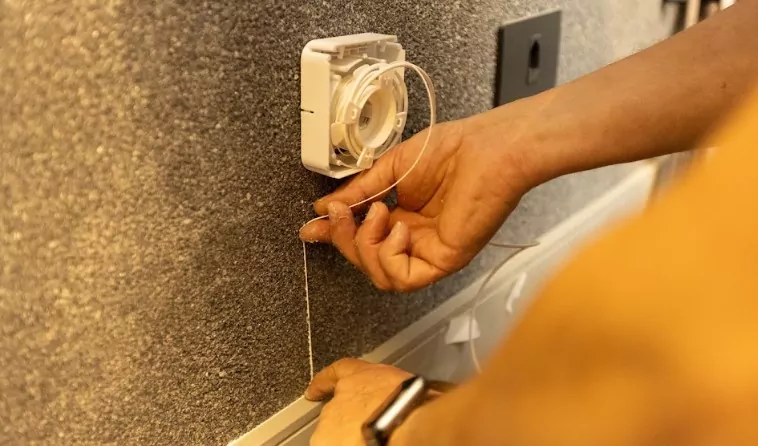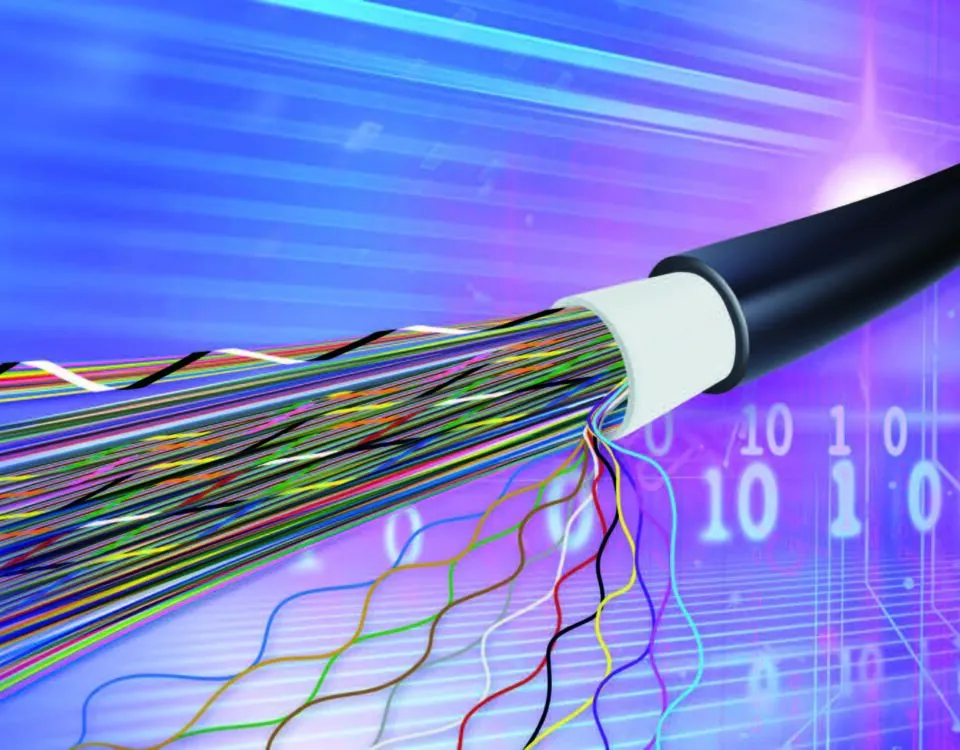Introduction
With the advancements made with regards to the Industry 4.0 (i4.0) movement, new technologies have emerged in order to meet needs that have been created – whether such needs are new and/or involve adaptation of legacy systems. One of the key aspects of the concept of i4.0 involves the capacity to connect systems, devices, and people. For these purposes, several different pieces of IoT (Internet of Things) and IIoT (Industrial Internet of Things) equipment have broken new ground and drawn attention from individuals/companies concerned with the exchange of data and information between two points.
In terms of connectivity, there are several means through which two points are able to communicate with one another, with the main differences related to use of wired/wireless solutions and communication protocols. With regards to communication protocols, there is currently a global trend towards the use of Ethernet solutions, given their reliability, interoperability and ease in the manipulation of data. However, despite being a widely disseminated technology, it is important to note that, in some cases, organizations will opt for the use other forms of communication in certain systems for several reasons, including: distance between communication points, network junctions, low bandwidth consumption, etc.
Therefore, the scientific and professional community has been studying means of resolving these limitations, including Single Pair Ethernet (SPE). In short, as its name suggests, SPE solutions aim to transmit Ethernet data using a single pair. However, development of this technology presents many other advantages, some of which are described in this document.





